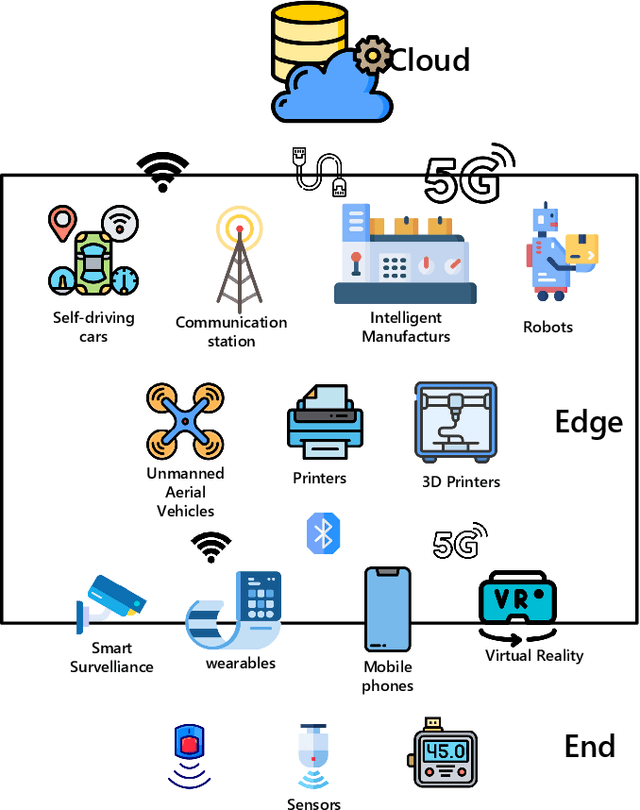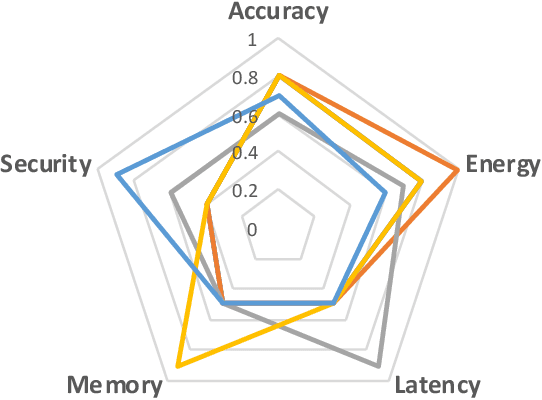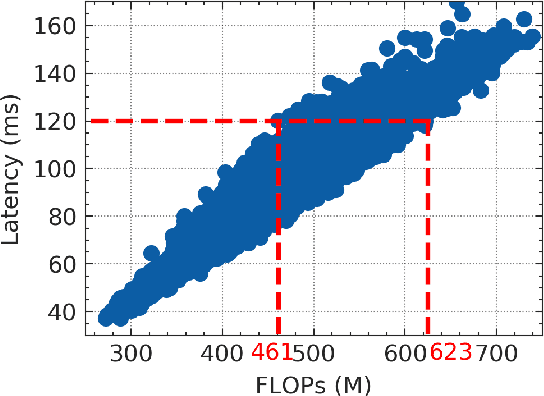Bringing AI To Edge: From Deep Learning's Perspective
Paper and Code
Nov 25, 2020



Edge computing and artificial intelligence (AI), especially deep learning for nowadays, are gradually intersecting to build a novel system, called edge intelligence. However, the development of edge intelligence systems encounters some challenges, and one of these challenges is the \textit{computational gap} between computation-intensive deep learning algorithms and less-capable edge systems. Due to the computational gap, many edge intelligence systems cannot meet the expected performance requirements. To bridge the gap, a plethora of deep learning techniques and optimization methods are proposed in the past years: light-weight deep learning models, network compression, and efficient neural architecture search. Although some reviews or surveys have partially covered this large body of literature, we lack a systematic and comprehensive review to discuss all aspects of these deep learning techniques which are critical for edge intelligence implementation. As various and diverse methods which are applicable to edge systems are proposed intensively, a holistic review would enable edge computing engineers and community to know the state-of-the-art deep learning techniques which are instrumental for edge intelligence and to facilitate the development of edge intelligence systems. This paper surveys the representative and latest deep learning techniques that are useful for edge intelligence systems, including hand-crafted models, model compression, hardware-aware neural architecture search and adaptive deep learning models. Finally, based on observations and simple experiments we conducted, we discuss some future directions.
 Add to Chrome
Add to Chrome Add to Firefox
Add to Firefox Add to Edge
Add to Edge